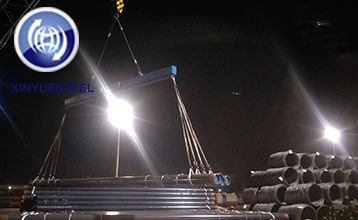There is still a gap between China's nickel metal supply and demand from 2020 to 2025
Aug. 13, 2020
China's nearly "crazy" investment in the field of ternary battery materials in recent years has stimulated the market's demand for battery material resources. The ratio of nickel-cobalt-lithium-manganese oxide in the ternary materials and the relatively low cost of nickel relative to cobalt have made "decobalization" popular, and nickel has gradually become the "darling" in the battery field.
Based on the forecasts of mainstream foreign industry organizations, it is estimated that by 2025, global nickel consumption will increase by 640,000 tons. Among them, the consumption of nickel for batteries will increase from 58,000 tons in 2018 to 300,000 tons in 2023, and the increase in nickel consumption for batteries accounts for about 40% of the increase in nickel demand. By 2030, of the 1.1 million tons of new nickel demand in the world, about 500,000 tons will come from electric vehicles, power batteries and energy storage equipment, and the proportion will rise to more than 45%. By then, the increase from new energy batteries will exceed that of stainless steel and become the main contributor to the increase in nickel consumption.

China's technological breakthroughs in the use of laterite nickel ore in stainless steel production and recent developments in the field of new energy batteries have fully promoted the development of laterite nickel ore and traditional nickel sulfide ore-metallic nickel and nickel salt overall production chain. Driven by the Chinese factor, the growth of global stainless steel market output and the application of ternary power batteries have driven the demand for nickel. Since 2016, there has been a continuous gap in global nickel supply, and inventories have dropped significantly.
Taking into account the impact of the new crown pneumonia epidemic on the global economy, China's nickel metal supply shortage in 2020 may be eased due to the decline in stainless steel production, and gradually close to the balance of supply and demand, but the long-term trend has not changed. It is estimated that by 2025, China's nickel metal supply gap will still be 100,000 to 200,000 tons.



